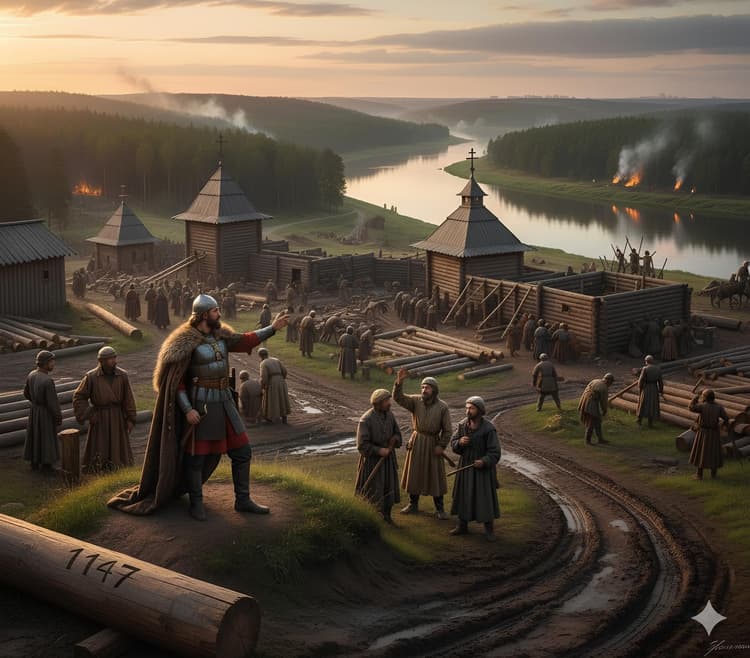March 3,5 min. to read
What are digital rubles?
Digital ruble is the third form of the Russian national currency, developed by the Central Bank of Russia. It complements traditional cash and cashless money, providing users with a secure and modern payment method. One digital ruble is equivalent to one cash ruble, making its use simple and straightforward. The development of this technology has been underway since 2020, and it is currently being tested with the participation of 15 banks.How to pay for transit with digital rubles?
The process of paying for transit with digital rubles is extremely simple and intuitive. For this, the passenger needs to:- Install your bank's mobile app on your smartphone.
- Find the universal QR code in the metro ticket zone.
- Open the app, scan the QR code with your phone's camera.
- Select the digital ruble (or rapid payment system) as the method of payment.
- Confirm the transaction.
Current stage of testing
Currently, testing of payment with digital rubles is being conducted in a closed mode jointly with the Bank of Russia and VTB. The experiment involves a focus group that has already successfully acquired several “Troika” cards and topped them up using digital currency through a QR code. This stage allows the authorities and banks to thoroughly analyze the accuracy of transaction processing and fine-tune the system before its launch for a wider audience. As noted by Maxim Liksutov: “Moscow is a global leader in the number of payment methods in public transport. In the future, passengers will be able to pay for transit using the digital ruble, which will be available alongside cash and cashless payments.”Advantages for passengers
The introduction of digital rubles in the metro promises to make the payment process even more convenient and faster. The use of QR codes and mobile applications eliminates the need to carry cash or bank cards. This is especially relevant for Moscow, which already offers passengers numerous payment options, and with the addition of digital rubles, it reinforces its leadership in this area. The technology not only simplifies daily trips but also demonstrates the city’s commitment to innovation and the comfort of its residents.Prospects and challenges
In the future, digital rubles will become an integral part of the Moscow Metro’s payment system. Initially, a mass launch was planned for July 1, 2025, but the timelines have been shifted at the request of the banks participating in the project. This was reported by the chairman of the Central Bank, Elvira Nabiullina, on February 27, clarifying that a new date will be announced later. Despite the delay, the pilot project is progressing successfully: it involves 1700 citizens and around 30 companies, which confirms the initiative’s potential. The delay provides additional time for refining the system to ensure its reliability and security.Conclusion
Testing payment for transit with digital rubles in the Moscow Metro is an important step in the development of financial technologies in Russia. This project not only enhances convenience for passengers but also paves the way for broader adoption of digital currency in everyday life. As the trials conclude and all technical issues are resolved, Moscow continues to set the pace in the field of innovation, offering modern and practical solutions for transit payments to both residents and visitors.Latest News

Who Founded Moscow: History, Myths, and the True Year of Its Origin
Who founded Moscow remains debated: officially first mentioned in 1147, but archaeology shows earlier settlements. Yuri Dolgoruky likely strengthened an existing town.
Read more
.jpg&w=750&q=75)
Rome Introduces €2 Fee to Visit Trevi Fountain to Protect Monument and Manage Tourism
From February 2026, visitors must pay €2 to approach Rome’s Trevi Fountain, aiming to control crowds, protect the monument, and improve visitor experience.
Read more

MHT vs MHAT: What’s the Difference Between Moscow’s Two Legendary Art Theatres
MHT and MHAT: what’s the difference between Moscow’s legendary art theatres? History, split of 1987, traditions, repertoires, and key distinctions explained.
Read more
.jpg&w=750&q=75)
Alexander Pushkin: Life, Exile, and Literary Legacy
A concise biography of Alexander Pushkin: childhood, exile, major works, family life, tragic death, and enduring legacy in Russian culture.
Read more
.jpg&w=750&q=75)
VDNKh Ice Rink 2025–2026: Season Opening, Prices, Schedule & Events
VDNKh ice rink opens 25 Nov 2025–1 Mar 2026. >20k m², tickets from 300₽, night sessions & events.
Read more
Latest Articles

Setting Appropriateness & Romantic Success: New Study Insights
Discover how the perceived appropriateness of a setting drives the success of romantic advances—often outweighing factors like attractiveness or familiarity.
Read more

Cyprus: Europe’s Sunniest Destination – 300+ Sunny Days
Explore Cyprus, Europe’s sunniest destination with 300+ sunny days a year. Discover top resorts, best seasons to visit, and why it’s perfect for a holiday.
Read more

Belly Fat and Aging: New Scientific Discoveries
Recent research reveals how belly fat accelerates aging, boosts inflammation, and increases Alzheimer's risk—discover key health insights and prevention tips.
Read more
.jpg&w=750&q=75)
Burning Fat with Your Mind: How “Remembering” Cold Activates Brown Fat and Boosts Metabolism
Discover how recalling cold memories can trigger your brain to activate brown fat, boost metabolism, and aid weight loss—even from the comfort of a warm room.
Read more

Bridging the Education Gender Gap: Why Boys Fall Behind and How to Close It
Boys globally lag in language skills due to peer influence, stereotypes, and systemic issues—discover causes, impacts, and strategies to close the education gender gap.
Read more

